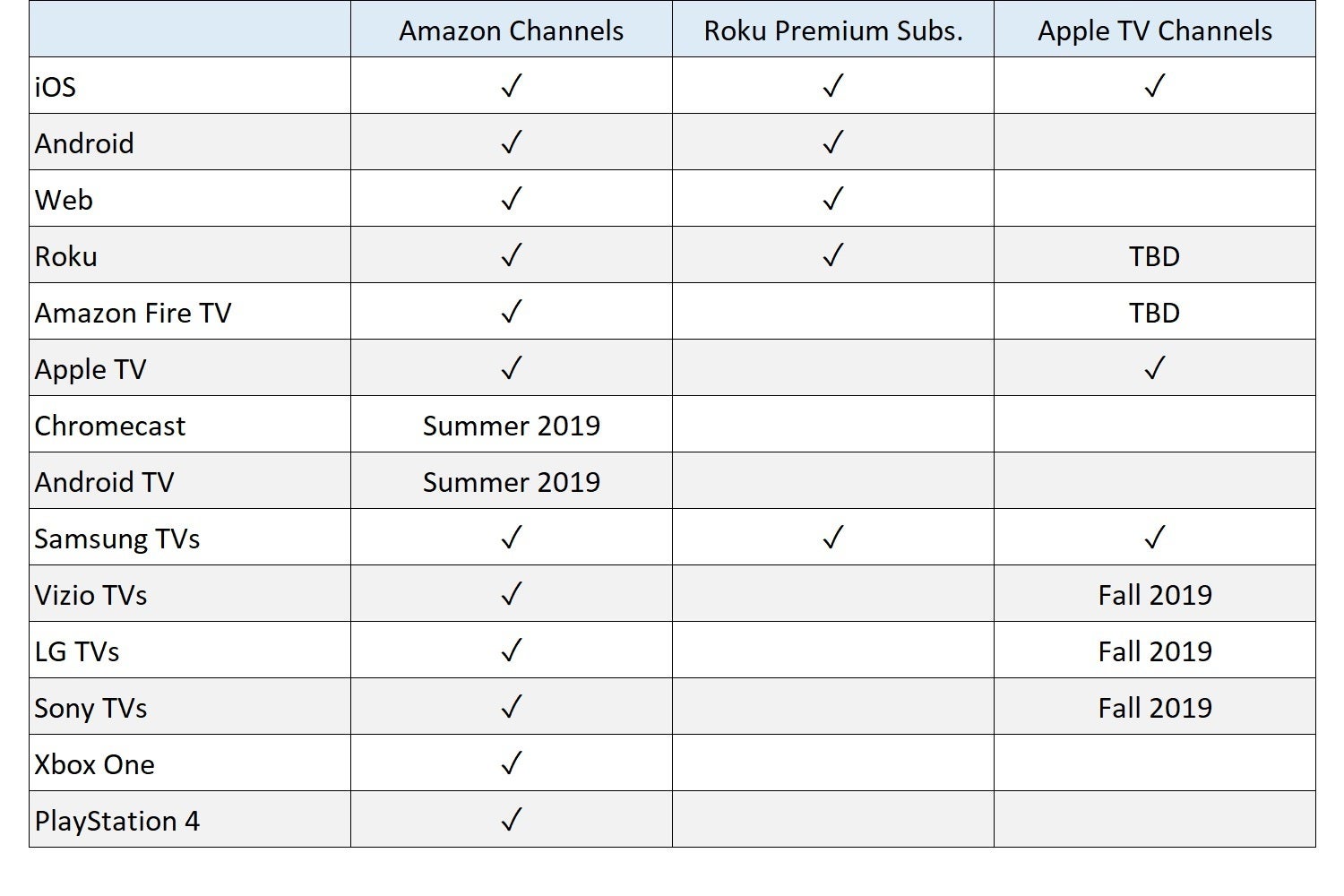Brent Lang reports for Variety that IFC will launch its SVOD service IFC Films Unlimited on Amazon Prime Video Channels.

“In an interview, IFC Films co-president Lisa Schwartz said that the company has quietly been unwinding many of its licensing deals in recent years with an eye towards starting its own service. It will still maintain its distribution pacts with Showtime and Hulu, which have some of IFC’s films in first pay television window. The goal is to start releasing movies on IFC Films Unlimited in the second pay television window. “This is part of a deliberate strategy,” said Schwartz. “We watched the landscape shifting and realized that we’ve got such a terrific large library that we might be better served by taking some rights back and releasing those films under our own roof.” Although IFC’s subscription service is launching on Amazon, the company hopes to add other platforms. “We’re going to continually evaluate as we grow our subscriber base,” said Schwartz. “But our goal is to make this a destination where you can find great films.””
The service will cost $5.99 USD per month after a 7-day trial and requires Amazon Prime Video Channels.
What’s that? From Amazon:
“Channel subscriptions from Prime Video are paid monthly subscriptions to third-party premium networks and other streaming entertainment channels. Eligible Prime members have the option to purchase these subscriptions directly through Prime Video. All of the movies and TV programming included with the subscription are then available to watch on demand, on all compatible Prime Video devices — including TVs, Blu-ray players, Amazon Fire TV, Fire TV Stick, Fire tablets, computers, and Android and iOS mobile devices.”
In other words, like Roku.
But wait, there’s more!
Jared Newman of TechHive reports that Apple TV has just launched “channels” too!
“With Apple TV Channels, you can sign up for services like HBO and Showtime directly through the TV app on iPhones, iPads, and Apple TVs. You don’t have to download separate apps to start using those services, and you can manage all their subscriptions through iTunes billing. Apple TV Channels also supports offline viewing on iOS, so you can download Game of Thrones episodes before your next flight.”
See his chart showing which platforms play which Premium Channel Services:

Macworld has a chart comparing the cost of AppleTV’s premium channels with the native apps, monthly and annually.
My take: this was bound to happen. As digital content continues to proliferate in apps from individual curators, forces of consolidation are appearing to counter the splintering of the viewing environment. It’s a battle between two or three big players to recreate your TV set of old within their app/device. I predict Netflix will go the Premium Channel Service route too.






